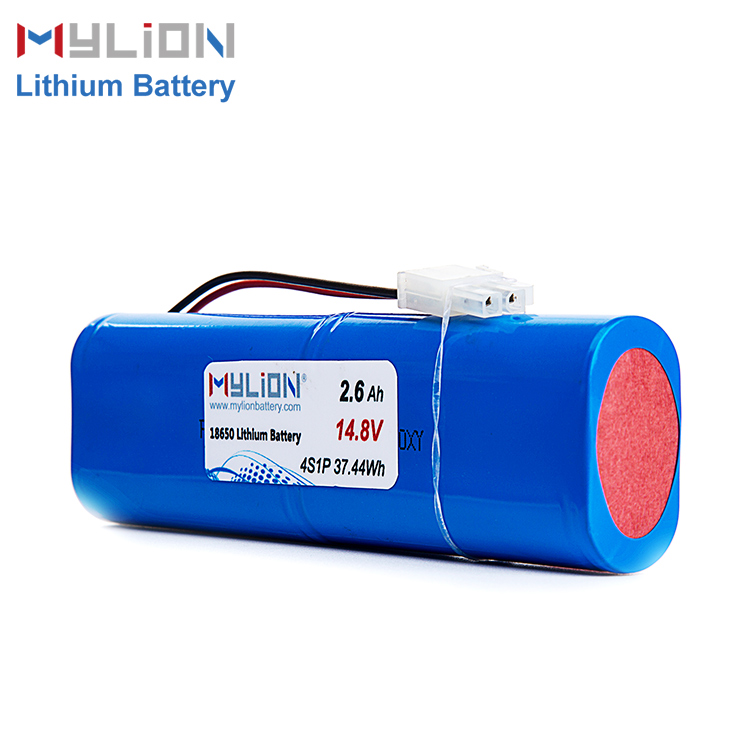1. The type of battery. Among all kinds of power baterias, lithium-ion batteries have the highest specific energy and large heat release from chemical side reactions, which are most likely to cause an increase in the air pressure in the battery, which can lead to explosions in severe cases, and easy to burn due to leakage of electrolyte. The electrolytes of metal hydride/nickel batteries and baterias de chumbo-ácido are alkaline and acidic aqueous solutions, respectively, and there is a risk of corrosion when leaking, but the flammability and explosion are much lower, but it is not absolutely without problems.
2. The design level of the battery. Bateria de íons de lítio cathode materials such as lithium ferrous phosphate are safer than other cathode materials, but there are also problems. Most of the accidents that have occurred in recent years use lithium ferrous phosphate as the cathode; Carbon, the safety can be better than graphite; the electrolyte and diaphragm are preferred to improve the safety of the battery. However, these technologies often come at the expense of the specific energy and specific power of the bateria, which should be considered comprehensively. In April this year, a nickel-metal hydride battery bus in Zibo, Shandong Province caught fire. The reason may be that in pursuit of high power, the hydrogen storage alloy of the negative electrode was replaced with too much activated carbon, resulting in excess positive active material, resulting in the accumulation of hydrogen in the battery. The electrolysis of water into hydrogen and oxygen also occurs when baterias de chumbo-ácido are overcharged, and this problem has been better resolved.
3. The quality of the bateria. Some manufacturers are eager to deliver the battery pack for demonstration without long-term full test, even if the failure rate parameters of the single battery cannot be counted. What about the safety of the battery pack? Baterias de íons de lítio that also use lithium ferrous phosphate as the positive electrode, some manufacturers have more accidents, some have fewer accidents, and some have no accidents at all; the same factory, after improving the production process and strengthening quality control , the probability of battery accidents is significantly reduced. All of these fully demonstrate the important role of improving production quality in improving safety. In addition, the quality of battery cells is also reflected in the consistency of life, capacity, internal resistance and self-discharge rate, which are also closely related to safety.
4. The total capacity of the bateria. The total capacity of the battery refers to the product of the number of cells of the battery and the capacity of each cell. It goes without saying that this is a fundamental factor proportional to the probability of an accident. In order to pursue the driving range and maximum speed of electric vehicles, excessive loading of baterias not only wastes energy and materials, but also increases the price and the market is small. This is a serious safety hazard that is misreported by traditional auto experts who blindly pursue high indicators regardless of the current battery level under the “inertia thinking of fuel vehicles”.
5. The length of use time. This factor can also be expressed in terms of charge and discharge times or mileage. After the pacote de bateria is used continuously, the capacity of each cell decreases and the internal resistance increases to different degrees, and the longer the use time, the greater the difference, and the probability of problems increases.
6. Effectiveness of security measures. The management system is an effective component to ensure the normal operation of the pacote de bateria, and the failure of the management system may have serious consequences. The battery’s pressure relief mechanism (safety valve, etc.) can effectively prevent the battery from exploding. The higher its reliability, the lower the probability of explosion. However, there is still a risk of burning after the electrolyte or gas leaked from the pressure relief mechanism meets the air, which may be the reason why flexible packaging and plastic case baterias do not explode but burn.
7. The rationality of use. Do not act according to the characteristics of the pacote de bateria, the consequences are serious. At present, the use of battery packs has problems such as fast charging, full charging, discharging, and overloading. Overcharging and overdischarging not only damage the life of the bateria, but also increase the risk of an accident. Even full charge and full discharge at nominal capacity should not be encouraged. Excessive load and speed require excessive current, and the battery temperature will rise sharply. If the overcurrent protection mechanism is missing or malfunctioning, it may trigger a safety accident.
8. Other factors. For example, the regulation and adaptability of electric vehicles to various unexpected factors (such as severe impact, accident hazards) and so on.










